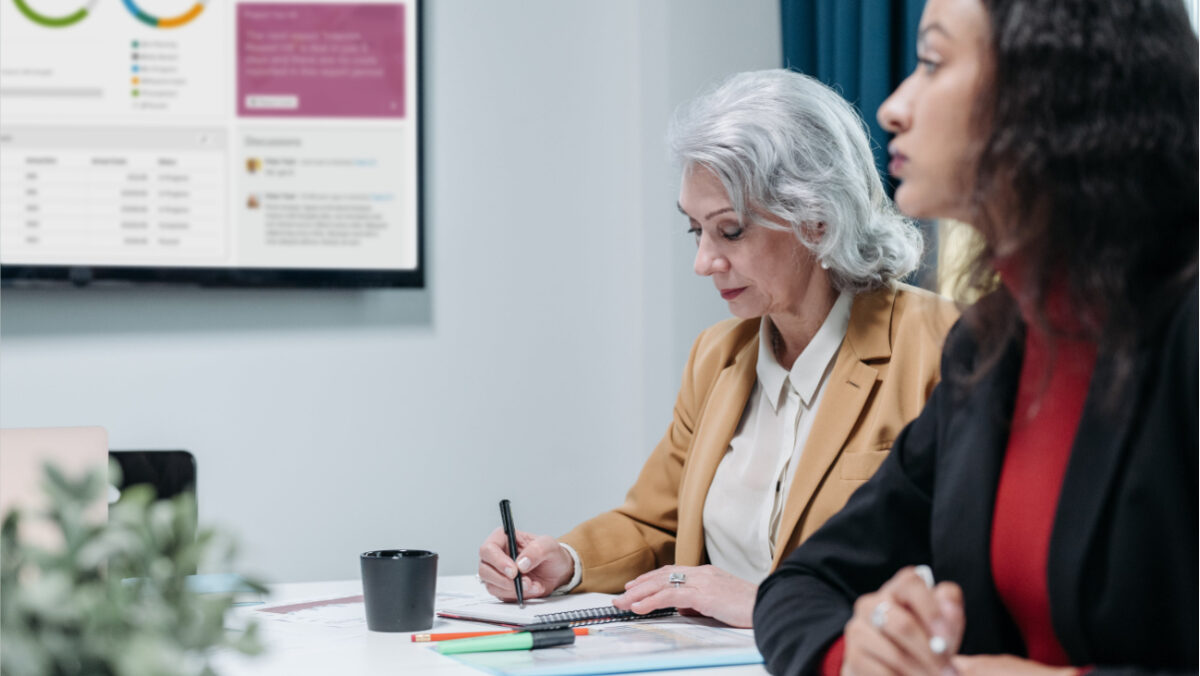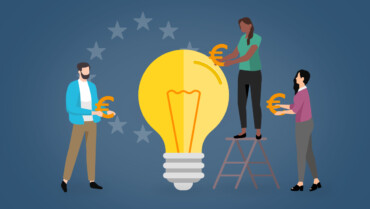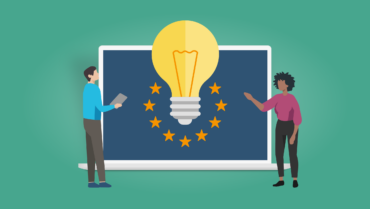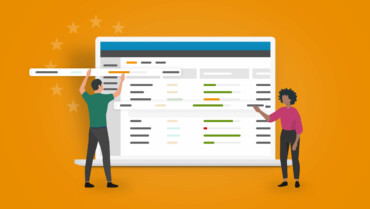Have you heard about the release of a new version of the EU Funding and Tenders Portal by the European Commission? Here you can find all the information needed for European projects, from identifying opportunities to submission of proposals. However, for newcomers, navigating the system of EU projects may seem daunting.
European projects: Funds, grants, and tenders
Among those new to the subject, terms like European "funds," "grants," or "tenders" are often used interchangeably, but they actually refer to quite different things.
You ought to be familiar with European funds, including the European Union's Structural and Investment Funds (ESIF) like the European Regional Development Fund (ERDF), the European Social Fund (ESF), the Cohesion Fund, the European Agricultural Fund for Rural Development (EAFRD), and the European Maritime and Fisheries Fund (EMFF) support a diverse range of European projects. These initiatives cover infrastructure development, social inclusion programs, research, innovation, and environmental sustainability.
Grants provide financial support to individuals, organisations, or institutions for projects aligned with policy objectives. Unlike loans, grants are non-repayable and aim to advance public welfare or achieve social, economic, or environmental goals. Grant recipients may include private organisations, NGOs, research institutions, universities, and local authorities. Grants usually require co-funding, with costs shared by the grant beneficiary and funding body. Disbursement can come from the European Commission, national or regional authorities, or designated intermediary bodies.
Finally, tenders involve procurement processes. When specific goods or services are needed, such as studies, technical assistance, or IT equipment, the EU invites suppliers to submit bids or proposals. Contracts are awarded based on criteria like price, quality, and compliance.
But beyond considering the EU as Europe's main funding body, it's essential to recognise that other entities like the World Bank and international institutions offer grants. The EEA & Norway Grants are among alternative funding sources available beyond EU funding.
Roles in collaborative European projects
Both for the EU and other funding mechanisms, cooperation across borders is a key priority. This is evident in how European projects are structured and managed. They involve organisations from various countries and sectors coming together to achieve common goals.
The number of organisations in a consortium varies, ranging from two to fifteen on average, depending on the funding body and programme.
Before rushing to design any project, you should know that consortia need to ensure that all key roles are covered. These include the project designer, responsible for crafting the project idea and, usually, also for building a consortium, and the project manager, who oversees project realisation after a successful proposal. These roles may overlap, especially when project designers also act as project managers on behalf of their organisation.
In a consortium, a project partner, often referred to as the lead partner or lead applicant, coordinates and oversees project activities. The project coordinator, usually an individual, handles managerial tasks and sustains collaboration within the project.
Additionally, an impact manager might be involved to assess the project's effects on the target beneficiaries, and less commonly, on society at large. Culture managers, as emphasised in my recent book, are also gaining momentum.
Geographies of European projects
Countries facing significant economic and social challenges, such as high unemployment, low GDP per capita, or limited innovation and competitiveness, may qualify for increased funding. However, you should be aware that the grant and tender acquisition process remains highly competitive.
Monitoring the track records of European countries in proposal development, success rates, and project implementations poses challenges due to the vast scope of European projects. Yet, regional disparities in EU research funding distribution, highlighted by Horizon 2020 assessments, reveal persistent contrast between Eastern and Western European regions, often referred to as the "innovation gap."
Former Communist countries in Central and Eastern Europe, alongside smaller states like Cyprus and Malta, still struggle to compete with stronger nations for grants and talent. Consortia with Western European partners, often dominated by renowned companies and universities, exacerbate these challenges. To counteract this trend, Horizon 2020 allocated €1 billion to enhance research capacity in regions with lower intensity, aiming to bolster their competitiveness. However, initiatives to foster participation from less involved countries have yielded mixed results, prompting scrutiny from organisations like the European Court of Auditors and the Coimbra Group of European universities.
Given this challenge, the disparities in research funding uptake are commonly explained through economic analyses. While it has always been the case that our perception and understanding of the world are shaped by our culture, new studies are underway to examine how cultural particularities may either impede or facilitate the evolution of efficient innovation systems.
The subtle art of building a consortium
In this competitive landscape, European organisations must think long and hard about building a winning consortium for a collaborative project. Professionals, including project designers and managers, typically rely on their expertise and informal networks to identify suitable partners. Starting the search within established networks enables quick identification of potential candidates based on past collaborations. Of course, it is crucial you recognise that proposal deadlines and other feasibility considerations influence the consortium-building process as well.
For others, being an expert in knowing how to approach it can be a vocation and a way to earn a living. This group of people includes a rather wide variety of professionals spanning from public-funding specialists to networking strategists that can be referred to as "connectors." Consider consulting with them since they excel at what they do best: building connections. Connectors invest a great amount of their time in making introductions between organisations, know who the gatekeepers are, and can provide you with the right contacts when needed.
Maximising funding opportunities
There are, of course, other ways to maximise funding opportunities. One of these is through "formal networks." Whether legally formalised or not, they typically operate under a set of protocols that establish their governance and rules. Their primary objective is to facilitate and support business cooperation among organisations interested in acquiring funding for collaborative European projects.
Formal networks often operate on an invitation-only basis, with promoters extending invitations to reliable organisations that demonstrate an interest in collaborating. While there may or may not be a membership fee, the level of involvement and services provided can vary depending on the specific agreement. Annual events organised by these networks offer member organisations an opportunity to meet face-to-face, present project ideas, and establish consortia. In some cases, a steering committee serves as the primary decision-making body within the network, ensuring efficient coordination and strategic direction.
Formal networks play a crucial role in fostering collaboration and enhancing the chances of securing funding by exponentially increasing the number of project proposals an organisation operating alone can submit. Nevertheless, formal networks may encounter similar challenges as their informal counterparts: exclusivity and lack of innovation at the expense of fresh ideas and perspectives.
Expert tip: So, to network or not to network? I recommend opting for the former, and the rationale lies in what this article's title implies: This is an ecosystem and, as such, it is made of many moving parts interacting together. However, I also propose contemplating this strategically. Weigh the pros and cons of your networking endeavours and ensure they align with both your personal interests and those of your organisation.
A unique yet complex system
European public investments encompass various sectors including research, innovation, education, environmental sustainability, social inclusion, and cultural heritage. These investments are funnelled through programmes that rely on cross-border collaborative projects, distinguishing them as a unique system globally. Navigating the intricate landscape of the European projects ecosystem reveals a distinctiveness not found elsewhere in the world. Through this exploration, the hope is that some of the important and basic elements that characterise European projects have been clarified for you, shedding light on the apparent complexity.
This article is written by Giulia Parola, experienced Researcher & Project Lead.




